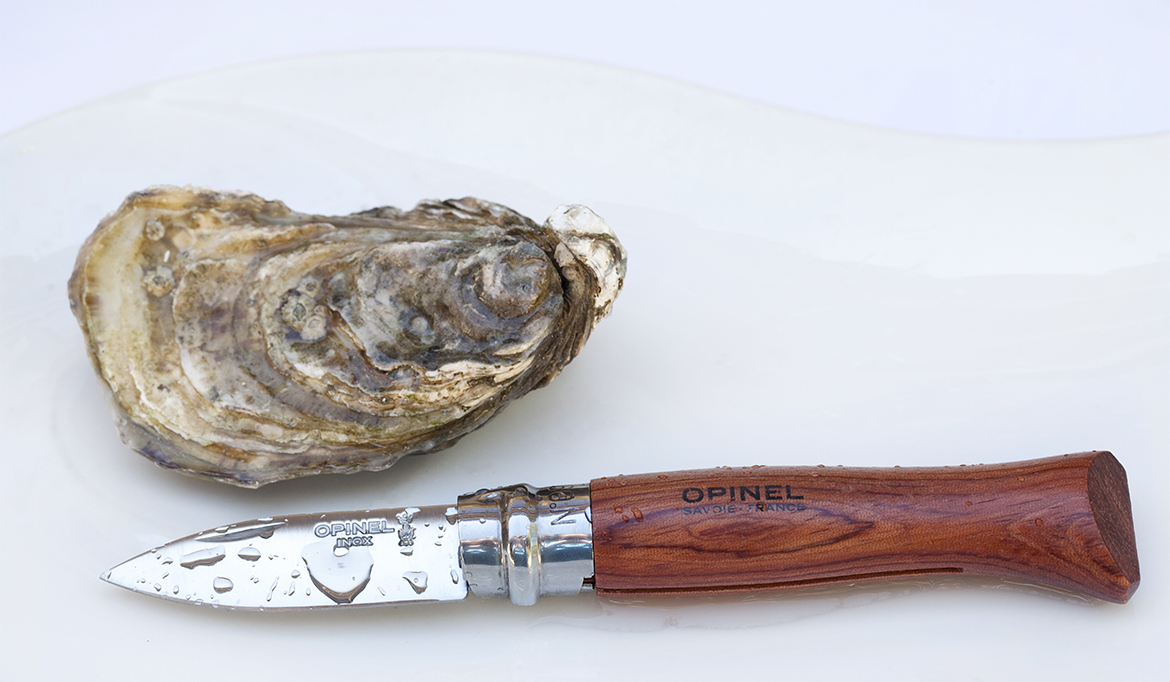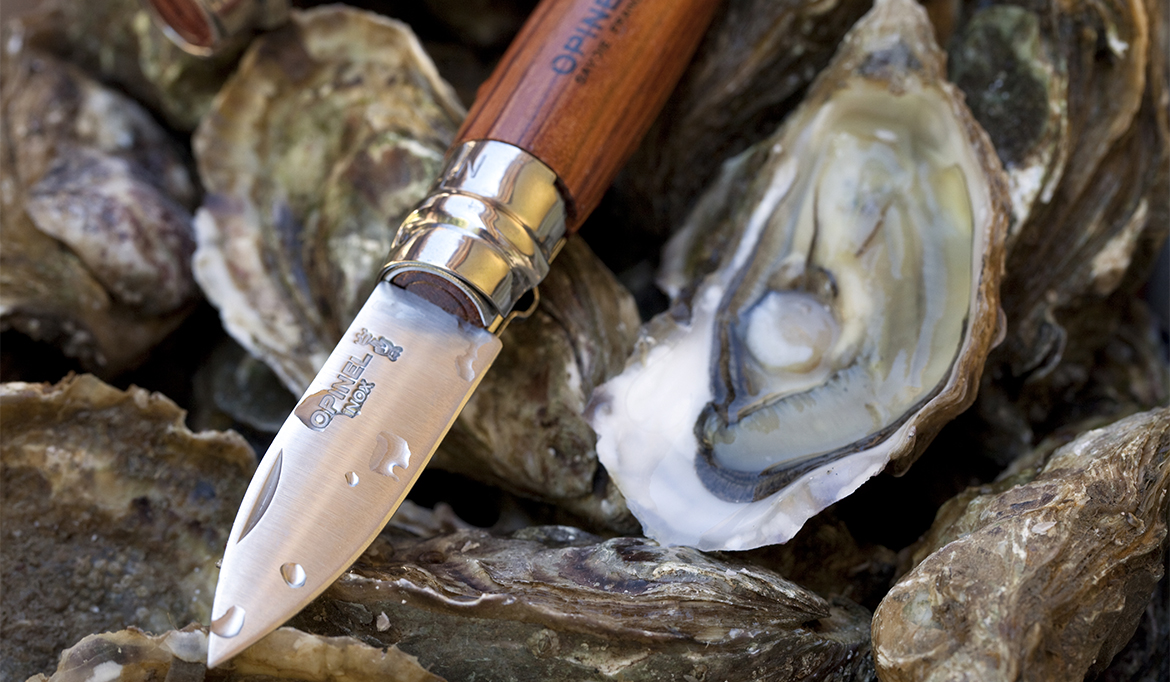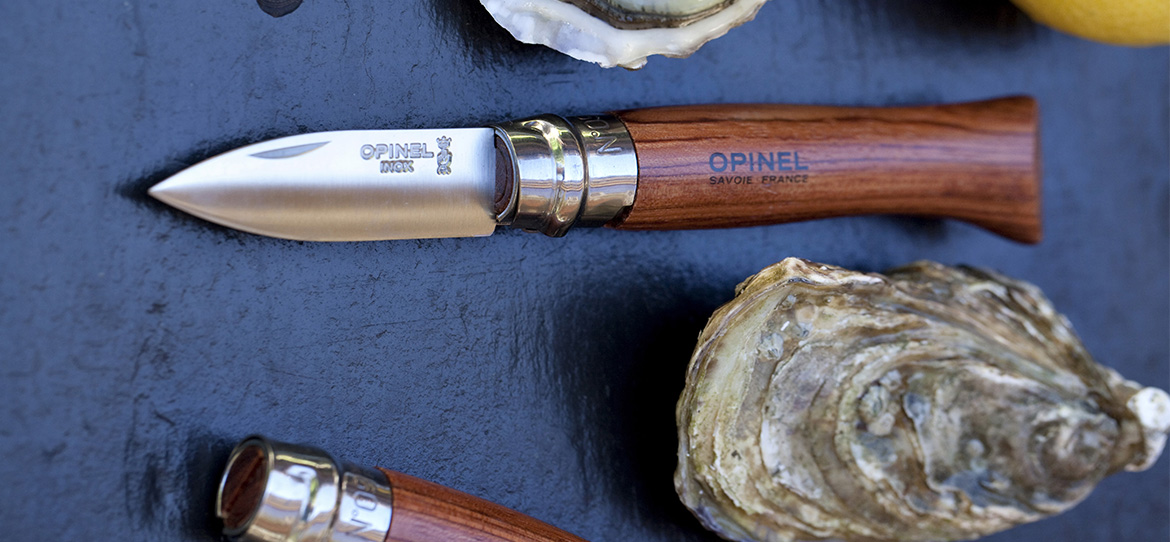Your cart is empty
Are you sure you want to perform this action?
From 22nd December onwards, deliveries will arrive after Christmas. Thank you for your understanding and happy holidays!
Your cart is empty
Multifunction
Limited editions
By use
Barbecue Set
Three utensils made in France using environmentally friendly materials: the No. 12 B knife with a bottle opener, the Spatula +, which attaches to the handle of the knife, and XL Tongs.
Pocket knives
Pop 80 Les Essentiels Set
Colourful handles and four small blades that are kitchen essentials: the paring knife, serrated knife, vegetable knife and peeler.
Pocket knives
By product type
Facette Mixed Set
Knives that combine comfort, efficacy and aesthetics, with four different handles: ash, dark ash, olive and VittEr® eco-material.
By product type
Pocket knives
Pocket knives
Le Petit Chef Green Set
A small chef's knife, a peeler and a finger guard: the essentials for passing on the love of cooking to children.
By product type
Scabbard
The made in France case to carry the No. 06, No. 07 and No. 08 pocket knives, as well as Effilé folding knives 8 and 10.
Need help

Advice on enjoying oyster:
Make sure you buy closed oysters in their original packaging with a label showing the best before date.
Open the oysters at the last moment, just before eating them.
Throw the first juice away; a few minutes after opening, the oyster will release a purer, more flavoursome juice.
.

Method for opening cupped oysters:
Never use force; oysters must be opened gently !
1/ Brush the oysters clean under a trickle of cold water.
2/ Hold the oyster in the left hand with the rounded side facing downwards and the hinge towards you (if you are left handed, hold the oyster in the right hand with the rounded side facing downwards and the hinge towards your fingers)
3/ Hold the knife firmly, placing your fingers well forward of the blade. The tip must extend 1 or 2 cm between the thumb and first finger.
4/ Two thirds of the way along the slit (starting from the hinge), insert the knife tip gently, rotating the oyster slightly against the knife, not the reverse.
5/ Insert the blade and cut the muscle
6/ Slide the knife along the slit until the hinge, raising and detaching the upper shell.
Cupped or flat?
The flat oyster was found originally on French coasts. It is no longer produced in any quantity. It is also called Belon in Brittany and the "pied-de-cheval" (Horse foot) variety is the largest.
The cupped oyster is the most widespread. It arrived in France in the 19th century and was originally Portuguese until it became decimated in the early 1970s. It was replaced by an oyster of Japanese origin.

Method for opening flat oysters:
Never use force; oysters must be opened gently !
1/ Brush the oysters clean under a trickle of cold water.
2/ Hold the knife firmly, placing your fingers well forward of the blade. The tip must extend 1 or 2 cm between the thumb and first finger.
3/ Insert the blade at the hinge, pushing the oyster against the knife, not the reverse
4/ Cut through the hinge with a rotary movement
5/ Cut the muscle
6/ Raise and detach the upper shell*

Season or not?
Originally, vinegar or lemon juice was added to check that the oyster was fresh, as it retracted under the effect of the acidity. To appreciate better the traditional flavours of the oyster, the purist eats it raw with no seasoning. Vinegar and shallots or lemon juice can however vary the pleasure.
Tradition of the Savoie Oyster Shucker?
A Savoy knife to open oysters - logical!
In the early 20th century, Parisian restaurants offered platters of open oysters ready to be eaten. They hired a large number of oyster shuckers to satisfy a growing demand. One of the first to be hired came from Savoy and he taught his new trade to his compatriots. The men from Savoy travelled to Paris during the winter months when there was little to do in the mountains. As they did not really feel the cold, they were the most capable of working outside with hands in contact with the ice. The tradition has been perpetuated and the oyster shucker often comes from Savoy,
with an Opinel in his pocket...!
Calibres?
The calibres of cupped oysters are defined according to their weight. The smaller the number, the larger the oyster. There are six calibres, from no. 05 (between 30 and 45 g) to no. 0 (above 150 g).
Important !
In contact with water, the wooden handle may inflate and block the blade.
Just let it dry in order to open or close the blade.

Photo Credit: Thierry Vallier
Are you sure you want to perform this action?
Hello,
We think you are in North America.
Get the best experience and visit opinel-usa.com
Hello,
We think you are in Australia.
Get the best experience and visit opinel.com.au
Hello,
We think you are in Japan.
Get the best experience and visit opinel.jp
Hello,
We think you are in New Zealand.
Get the best experience and visit opinel.co.nz
Hello,
We think you are in Singapore.
Get the best experience and visit opinel.sg
And get 10% off* your next order!
Treat your loved ones or yourself to a unique and original personalised knife. You can engrave a first name, a date or any other message on one line of text, up to a limit of 20 characters.
The engraving service is offered from one unit, starting at €6.
If you would like to order more than a hundred units for a wedding, an association or business gifts: request a quote.
Differences in the colour of the engraving on the handle may appear depending on the grain of the wood. In accordance with Article L-121-20-2 No. 3 of the Consumer Code, engraved items can neither be returned nor exchanged. The guarantee on manufacturing defects remains the same.
Engraving examples








Need some help for your engraving ?
Contact us by phone (+33 4 58 25 01 16) or using the form on our contact page
